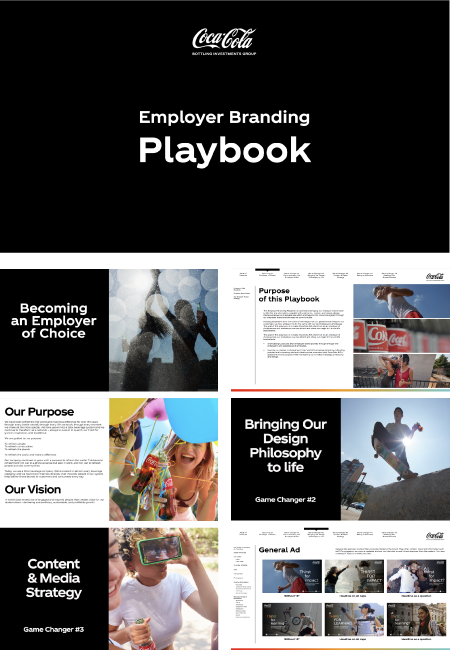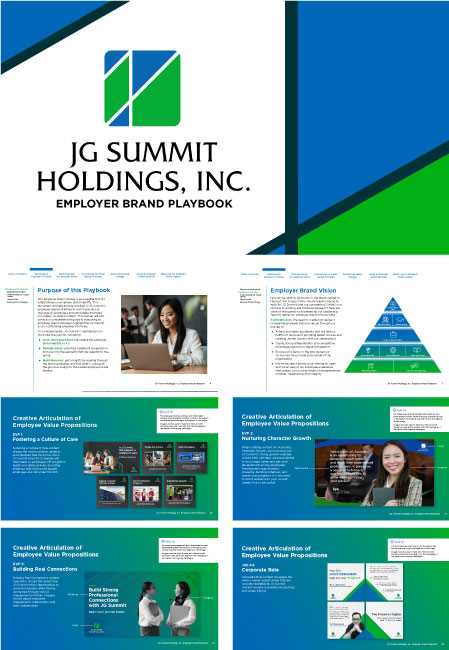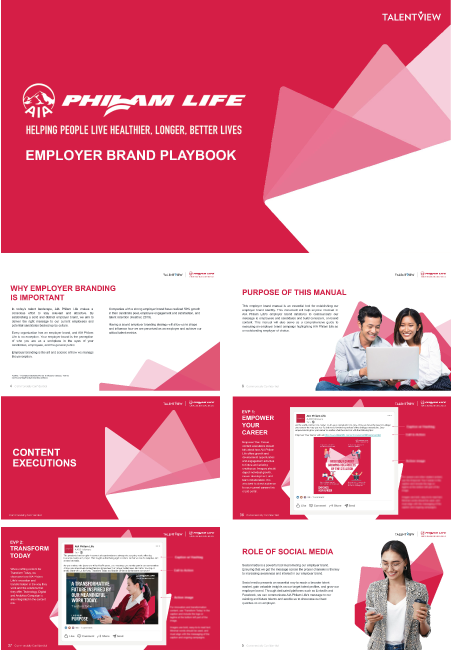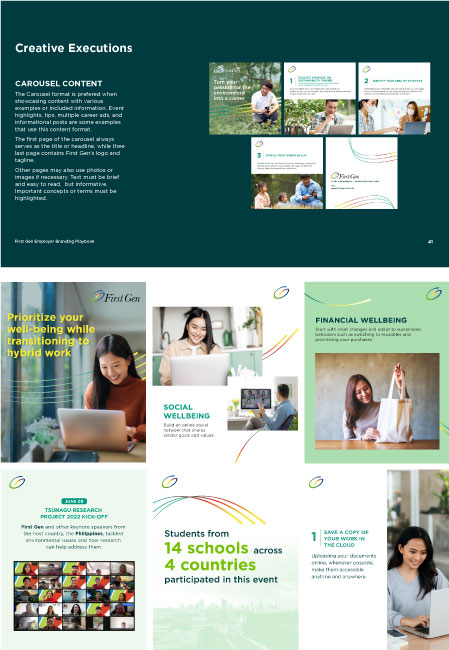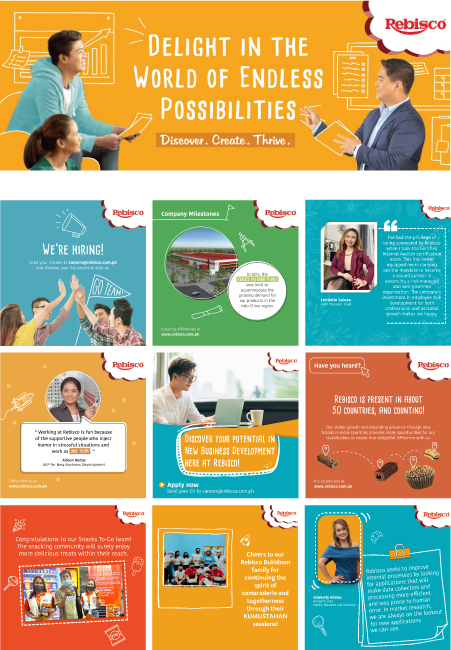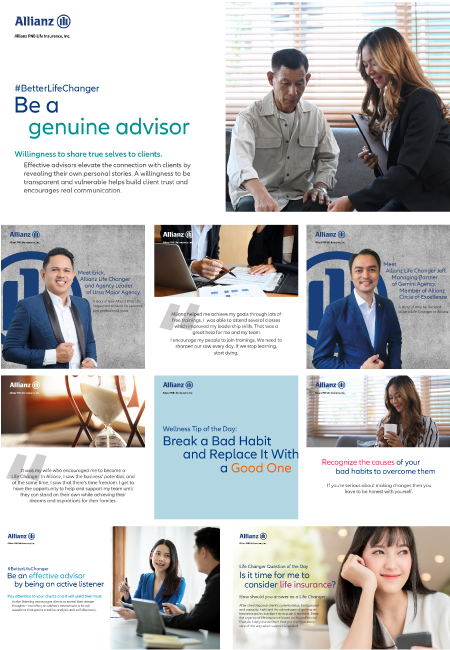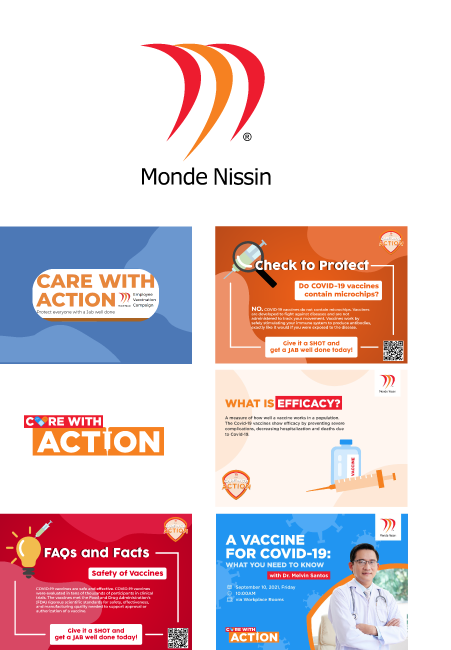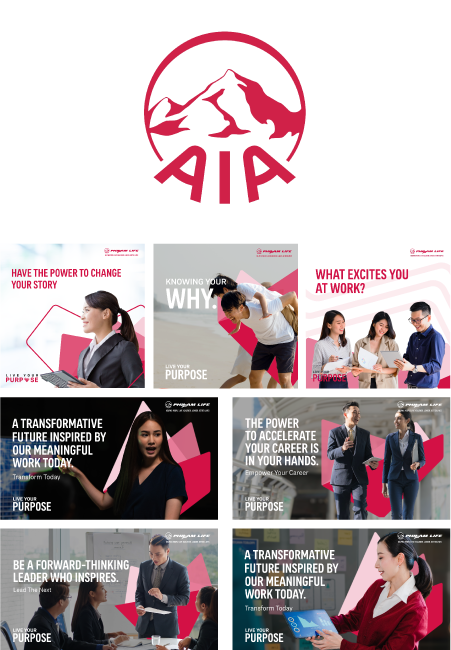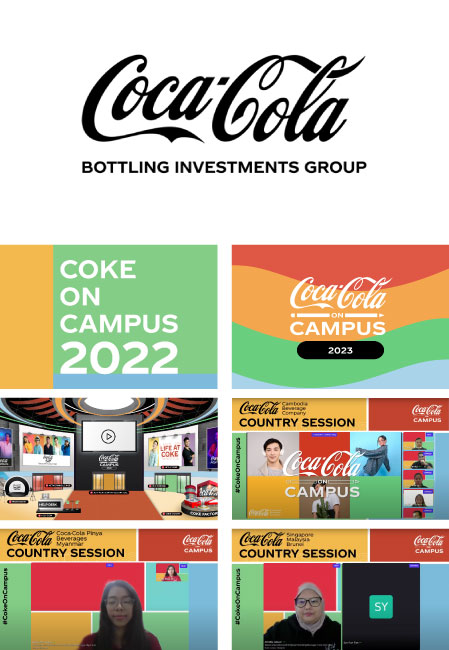
RAM REYES
Lead, Talent Research and Insights
As the lead of Talent Research and Insights, RAM's ultimate purpose is to provide her clients across Philippines, Malaysia and Vietnam with actionable insights, accurate information and inspiration that will drive their employer branding strategies. With over 8 years of experience, she has cultivated her passion and expertise in nurturing client relationships and refining successful initiatives, focusing on culture, communication, employee engagement, and systematic approaches. Furthermore, her career encompasses diverse fields including Human Resources, Digital Marketing, Graphic Design, and End-to-End Event Management.
Academically, RAM hold a Business Administration degree, majoring in Human Resource Development Management, complemented by an Academic Excellence Award from Saint Pedro Poveda College.
Beyond work, RAM's interests are as diverse as her professional endeavors. She's a pun enthusiast and a strong advocate for self-love. She constantly explore various literaries, music genres and groups, and exercises to keep things fresh. These activities fuel her curiosity and add balance to her life, fostering personal growth and a well-rounded perspective.
ACTIVATOR | ADAPTABILITY | MAXIMIZER | IDEATION | STRATEGIC






